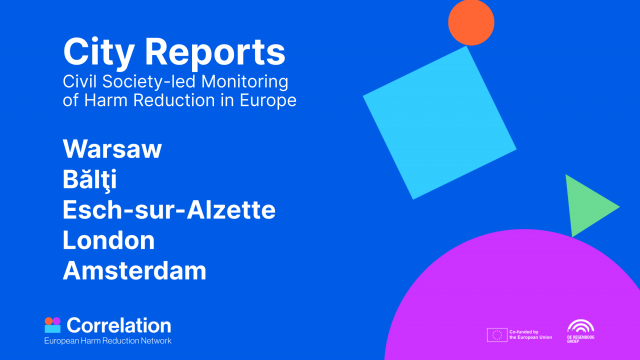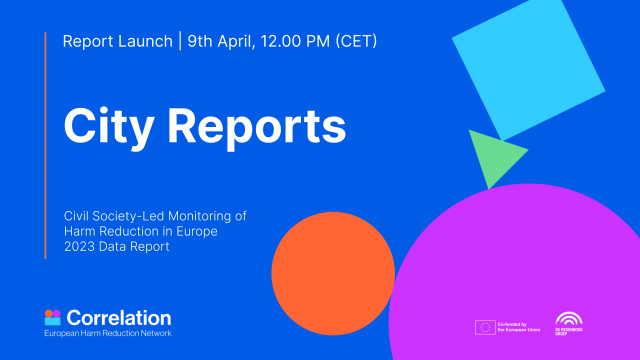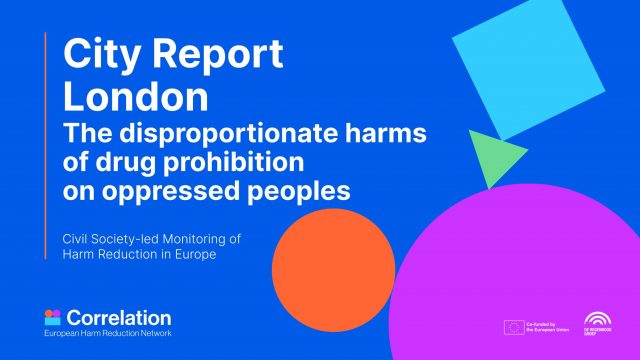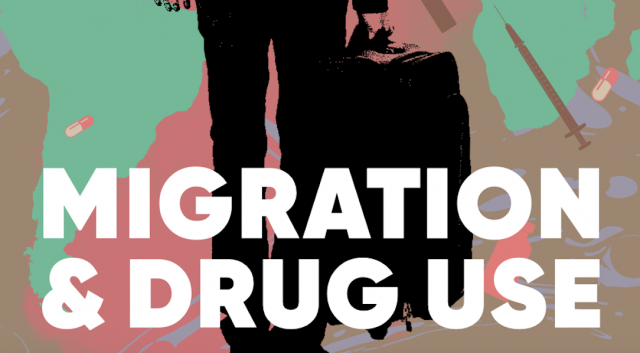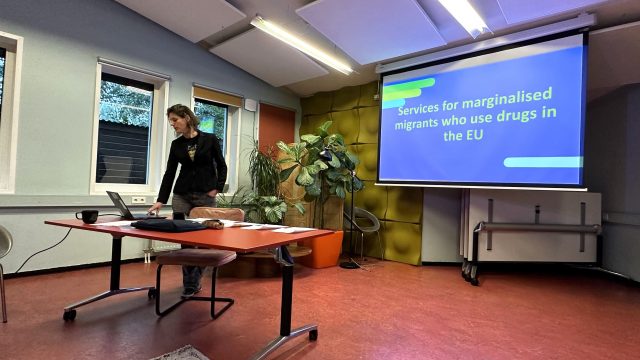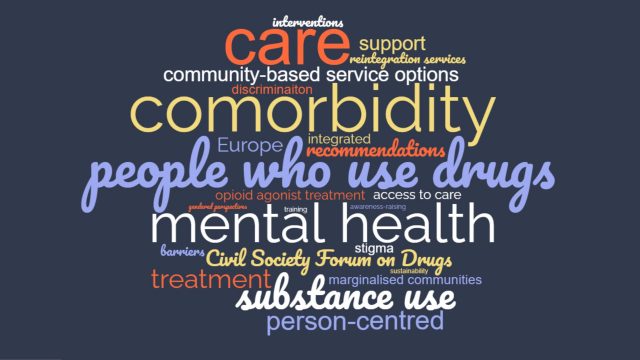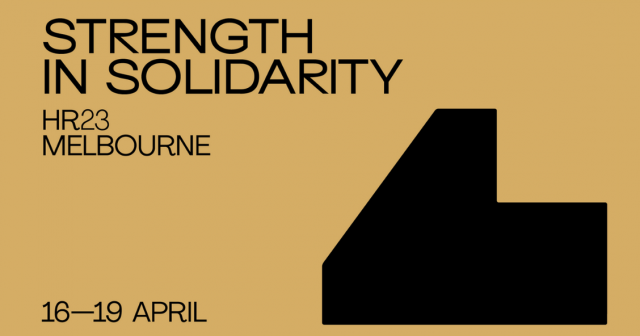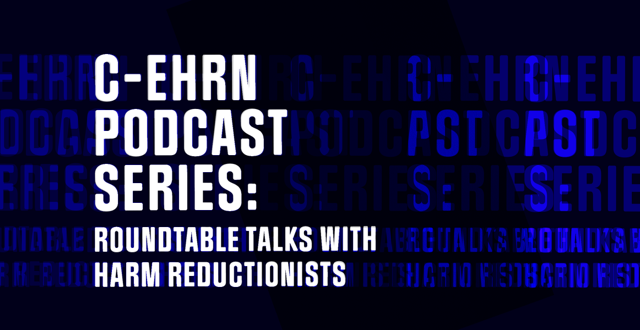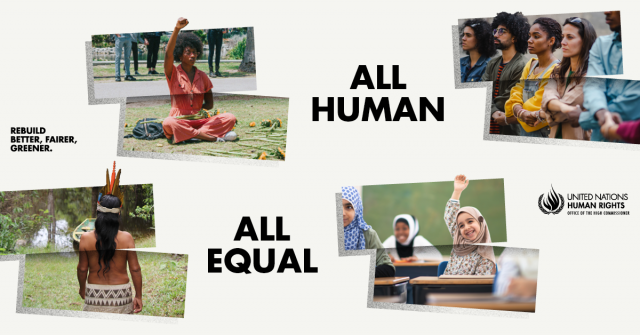The City Reports are the final segment of Correlation – European Harm Reduction Network (C-EHRN)’s Civil Society-led Monitoring of Harm Reduction 2023 Data Report. These concise harm reduction ‘case studies’ highlight either innovative practices or urgent issues demanding immediate attention in five different European cities. The reports will serve as advocacy tools to engage decision makers at all levels, either by showcasing best practices or as an urgent call to action. We asked the primary author, Alice Pomfret, about the process of preparing the reports, and how harm reduction organisations can use them in their advocacy efforts. Read the interview below!
Why did you decide to dedicate a volume of the 2023 monitoring report to the city reports?
The city reports are highly qualitative in nature, and they really zoom in to one particular issue or practice to provide a more nuanced understanding of the local context. We have found that traditional methods such as surveys and questionnaires, while great for capturing large amounts of data, are not so effective at achieving that level of depth. The city reports offer selected focal points an opportunity to authentically tell their story and shed light on issues that are unique to their cities. We hope that this will raise greater awareness of the particular issue, strengthening their advocacy efforts and ultimately leading to positive change.
How did you choose the cities that were included in the report series?
Focal points were invited to nominate themselves to be involved in the City Reports, and following a series of meetings, five cities were selected. This selection process involved extensive discussions with the focal points themselves, leading to a collaborative decision of the cities to be featured. A mix of capital cities and smaller cities were chosen to reflect a variety of contexts, populations and needs. We also thought about geographical variation to ensure coverage across regions. Additionally, we took into account whether the situation that they wished to share were examples of innovative practices or urgent problems to ensure that the reports were balanced in that respect too. It was important for us to strike a balance between positive and negative aspects so that we don’t just focus on the ‘doom and gloom’ and celebrate some harm reduction wins along the way.
Which methods did you use to collect the data for the city reports?
Semi-structured interviews were conducted with various stakeholders, including community representatives, policymakers, harm reduction service providers, and other relevant actors. Depending on the city, interviews were either conducted in the local language by the focal point, then translated into English, and analysed by myself. Or, where respondents were comfortable interviewing in English, I would conduct and analyse the interviews myself. I also gathered extensive literature on the topic to supplement the interviews.
How can harm reduction organisations make use of the city reports?
The reports have been designed to function as concise and easily accessible advocacy tools, aimed at engaging decision makers at various levels. They achieve this by either showcasing best practices, offering inspiration for other cities, or by highlighting an urgent problem that requires immediate attention and action. We purposely tried to keep these reports short and to the point, so that they are more likely to actually be read by decision-makers. The design of the report was influenced by input from the focal point, aligning them closely with their specific needs and goals. However, other harm reduction organisations can definitely use the reports. For instance, to benchmark their own city against other cities’ approaches, or alternatively, if they are experiencing challenges similar to those highlighted in a report, they can use them as resources to strengthen their own advocacy initiatives.
C-EHRN will also establish and implement a tailored Advocacy Mentorship Programme to increase the advocacy capacities of focal points and support the dissemination of C-EHRN reports and activities at the local and national policy-making levels. This will include a tailored advocacy training coordinated by the Rights Reporter Foundation and follow-up mentorship support for focal points who were involved in the City Reports for 2023. It will also involve a video being produced, with the findings presented at the European Harm Reduction Conference in December, which is really exciting!
Have you noticed any significant differences among the cities and if so, would you describe what these were?
What’s been really interesting to see across cities is how local and national politics play out differently when it comes to supporting harm reduction efforts. For instance, in Esch-sur-Alzette in Luxembourg, harm reduction initiatives, including the implementation of drug consumption rooms (DCRs), are a key part of the National Drug Strategy. So, any pushback against DCRs usually comes from the local level, so the city municipalities. Whereas in Warsaw, we see greater engagement from the local policymakers, at least at the district level, whereas decision makers higher up, whether at the city level or national level, seem to prioritise drug policy or harm reduction less. A similar dynamic can also be seen in Amsterdam, where the city government is extremely progressive, openly criticising the failures of the war on drugs, and advocating for drug regulation. Yet at the national level, the stance on drug policy remains much more in this prohibitionist paradigm.
Following a new format, Correlation – European Harm Reduction Network’s Civil Society-led Monitoring of Harm Reduction in Europe 2023 Data Report is launched in 6 volumes: Hepatitis C Care, Essential Harm Reduction Services, New Drug Trends, Mental Health of Harm Reduction Staff, TEDI Reports and City Reports (Warsaw, Bălţi, Esch-sur-Alzette, London, Amsterdam). The Executive Summary can be accessed here.

